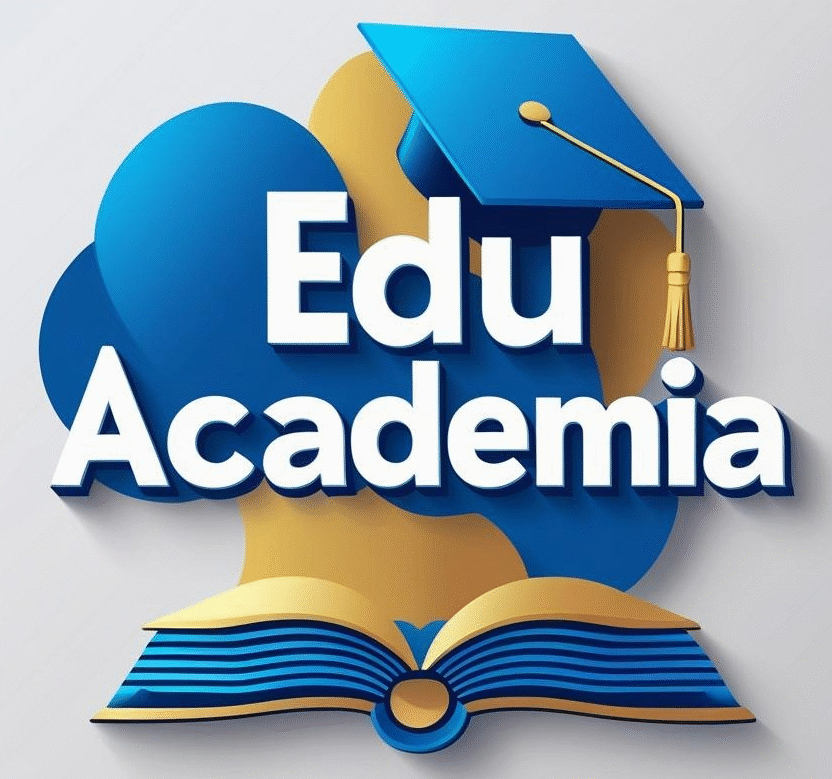Introduction
nnnnEducation has always been an evolving field, with various methodologies being explored and implemented to enhance learning experiences for students. One such innovative approach is the use of toys as a teaching methodology. Toys, often viewed simply as tools for play, have the potential to be powerful educational aids. By integrating them into the classroom, educators can create a dynamic and engaging learning environment that stimulates cognitive development, enhances social skills, and fosters creativity.
nnnnThe Educational Value of Toys
nnnnToys are not just objects of entertainment; they are tools that can support various aspects of learning. From early childhood to more advanced levels of education, toys can be used to teach a wide range of subjects, including mathematics, language, science, and social studies.
nnnn- n
- Cognitive Development: Toys such as puzzles, building blocks, and board games help children develop critical thinking, problem-solving skills, and spatial awareness. For instance, puzzles require children to recognize patterns and shapes, fostering analytical skills that are essential in mathematics. nnnn
- Language and Literacy: Educational toys like letter blocks, word games, and storytelling kits can significantly enhance language development. These toys help children expand their vocabulary, improve their spelling, and understand sentence structures. For example, storytelling kits encourage children to create narratives, enhancing their ability to organize thoughts and express ideas clearly. nnnn
- Scientific Exploration: Toys like science kits, models, and interactive simulations provide hands-on experiences that make complex scientific concepts more accessible. These toys encourage curiosity and experimentation, allowing students to learn through discovery and play. A chemistry set, for example, can teach students about chemical reactions in a safe and engaging manner. nnnn
- Social and Emotional Development: Role-playing toys such as dolls, action figures, and playsets allow children to explore social interactions and develop empathy. By engaging in pretend play, children learn to understand different perspectives, manage emotions, and navigate social situations. This type of play is particularly beneficial in teaching children about teamwork, cooperation, and conflict resolution. n
Implementing Toys in the Classroom
nnnnTo effectively use toys as a teaching methodology, educators need to consider the following strategies:
nnnn- n
- Curriculum Integration: Toys should be carefully selected to align with the curriculum and learning objectives. For example, using geometric blocks during a mathematics lesson on shapes can help students visualize and understand geometric concepts. In a history lesson, historical figures in the form of action figures can make the subject matter more relatable and engaging. nnnn
- Interactive Learning: Toys can be used to create interactive learning experiences that involve students in the learning process. Group activities involving toys can promote collaboration and communication among students. For instance, a class project using construction toys can help students work together to solve a problem, fostering both academic and social skills. nnnn
- Differentiated Instruction: Toys offer opportunities for differentiated instruction, catering to the diverse learning styles and needs of students. Visual learners might benefit from using colorful and tactile toys, while kinesthetic learners might engage more with toys that involve movement and hands-on manipulation. Educators can use toys to tailor lessons to individual students, ensuring that each child’s learning needs are met. nnnn
- Assessment and Evaluation: Toys can also be used as assessment tools. For example, educators can observe how students use toys to solve problems or complete tasks, gaining insights into their cognitive processes and understanding. This informal assessment can be valuable in identifying areas where students may need additional support or instruction. n
Challenges and Considerations
nnnnWhile the use of toys in education offers many benefits, it also presents certain challenges that educators must address:
nnnn- n
- Age Appropriateness: It is crucial to choose toys that are suitable for the age and developmental level of the students. Toys that are too advanced may frustrate younger children, while those that are too simplistic may not provide sufficient challenge for older students. nnnn
- Classroom Management: Incorporating toys into the classroom requires careful planning and management to prevent distractions. Clear guidelines and structured activities are essential to ensure that students remain focused on the learning objectives while using toys. nnnn
- Cost and Accessibility: High-quality educational toys can be expensive, and not all schools may have the resources to provide them. Educators need to find creative solutions, such as using everyday objects as educational tools or encouraging students to bring toys from home that align with the lesson. nnnn
- Cultural Sensitivity: Toys should be selected with consideration for cultural diversity and inclusivity. It is important to ensure that the toys used in the classroom reflect and respect the cultural backgrounds of all students, promoting a sense of belonging and inclusion. n
Conclusion
nnnnUsing toys as a teaching methodology offers a creative and effective way to enhance the learning experience. By carefully integrating toys into the curriculum, educators can create an engaging and interactive classroom environment that supports cognitive, social, and emotional development. Despite the challenges, the benefits of using toys in education are significant, making them a valuable tool in the quest to create more dynamic and inclusive learning experiences. As education continues to evolve, the role of play and toys in the classroom is likely to become increasingly important, shaping the way students learn and interact with the world around them.
n